We are open daily and access is free.
Our trails are free and remain open daily from dawn until dusk.
The Watershed Center for Environmental Advocacy, Science, and Education was designed and constructed to be a physical embodiment of the Watershed’s conservation mission. The Watershed Center opened to the public in May 2015, replacing the Buttinger Nature Center.

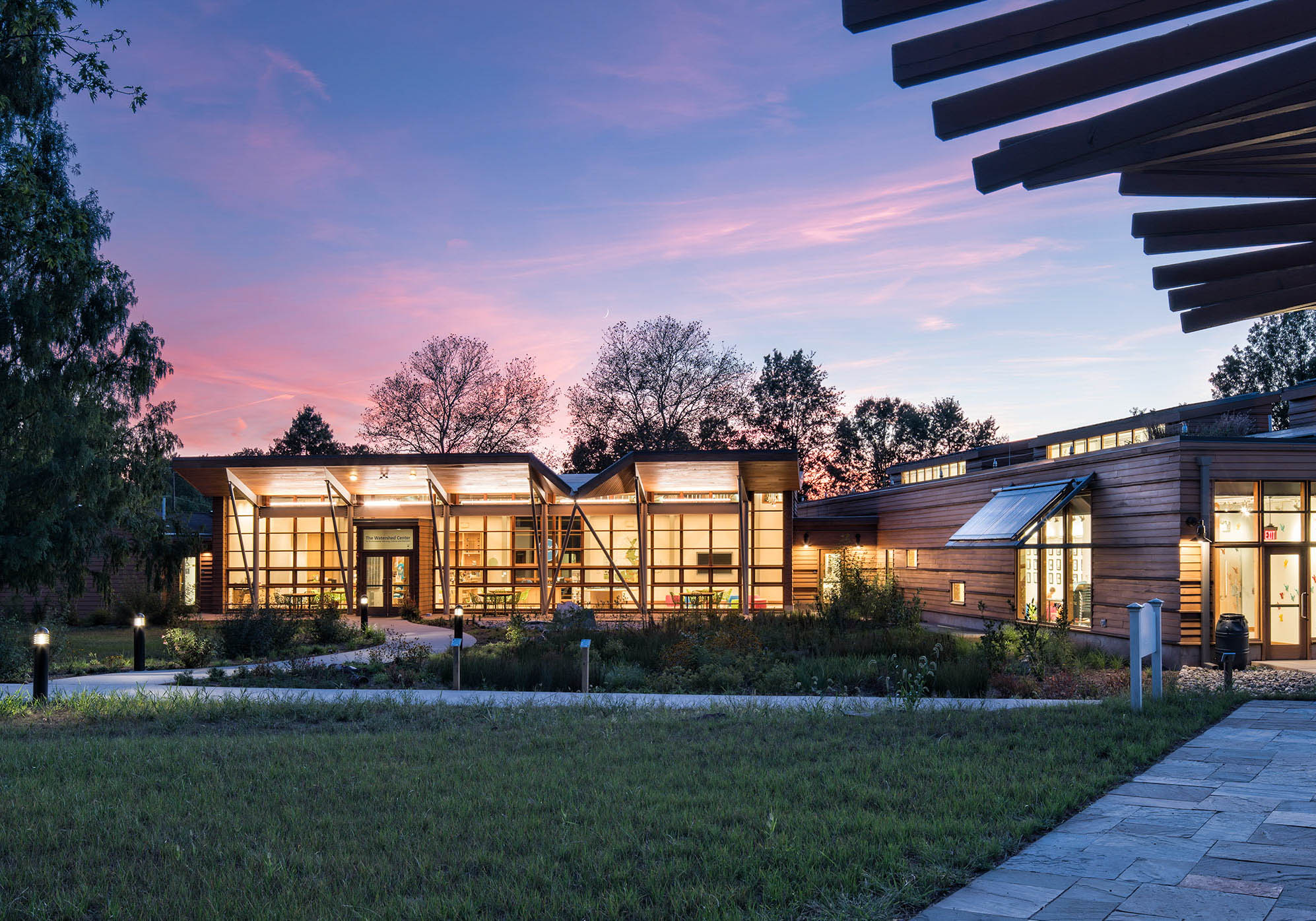

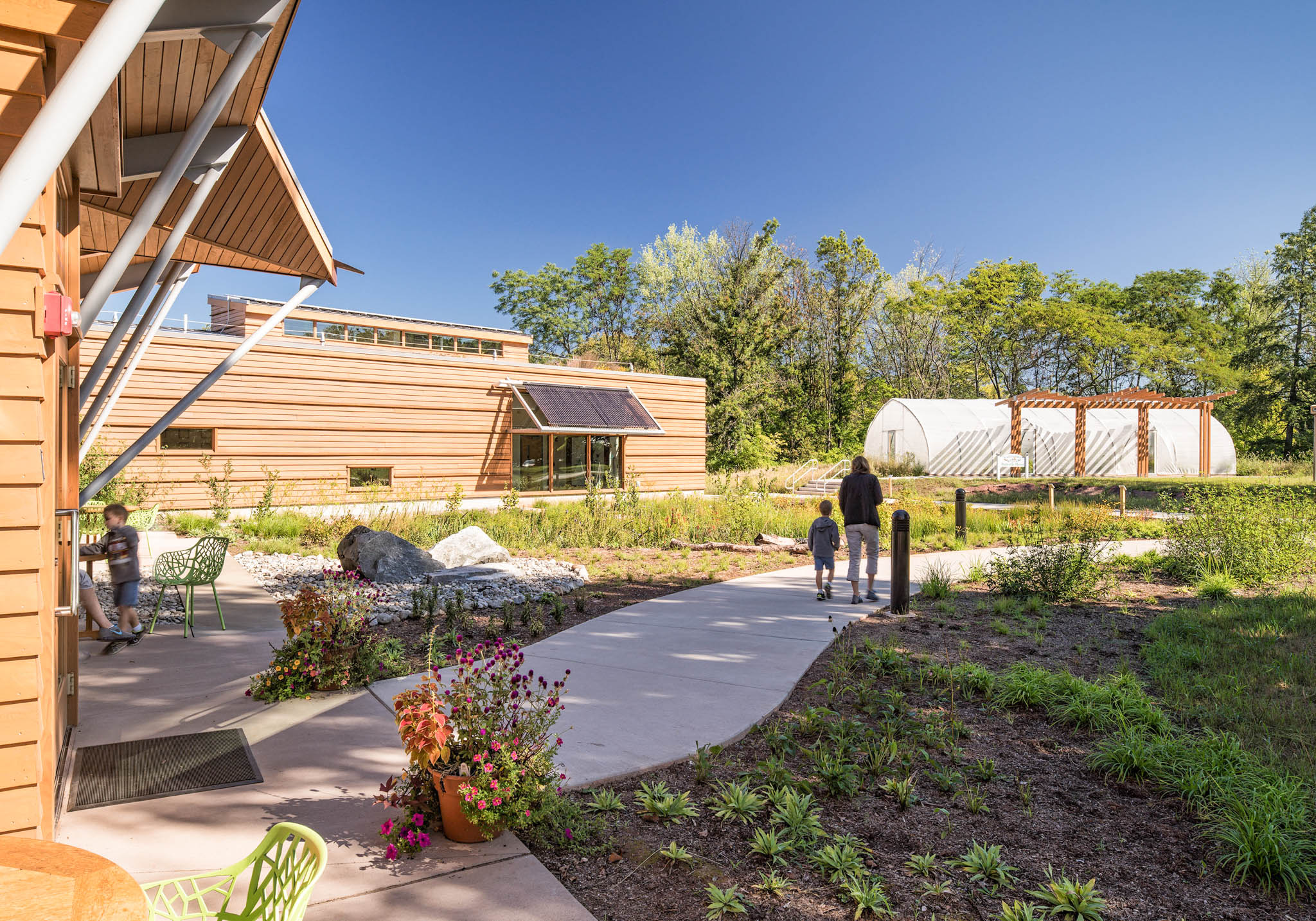
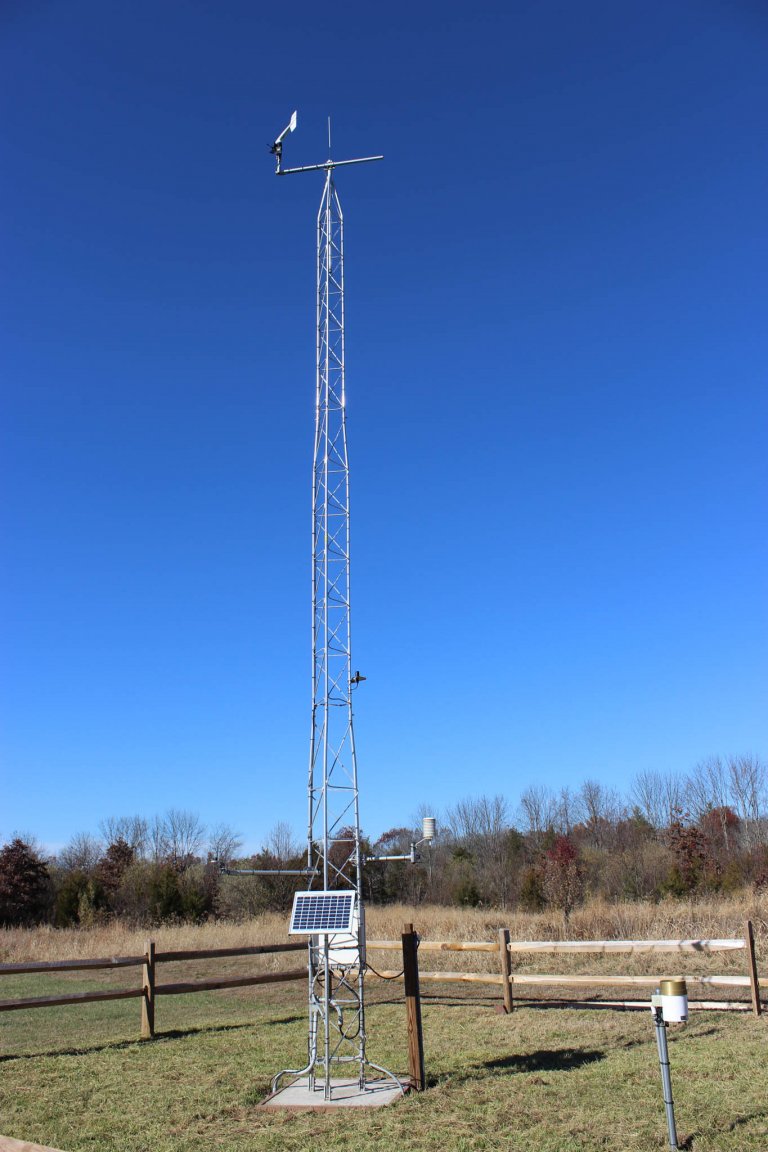
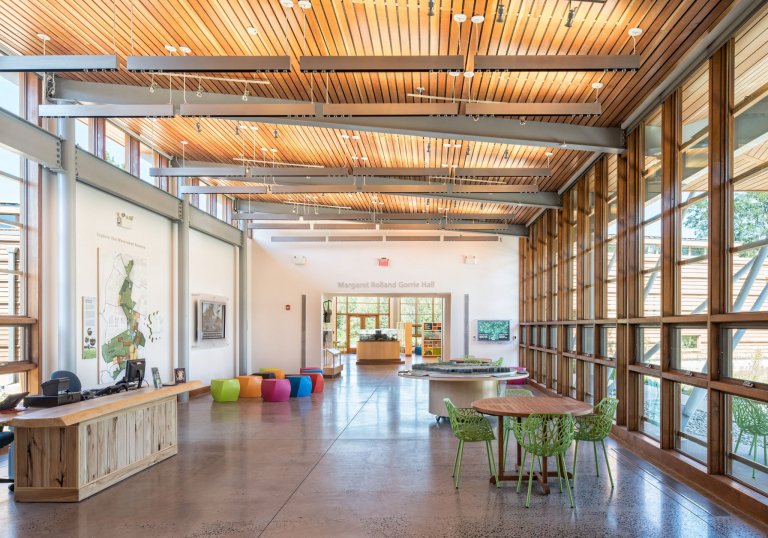
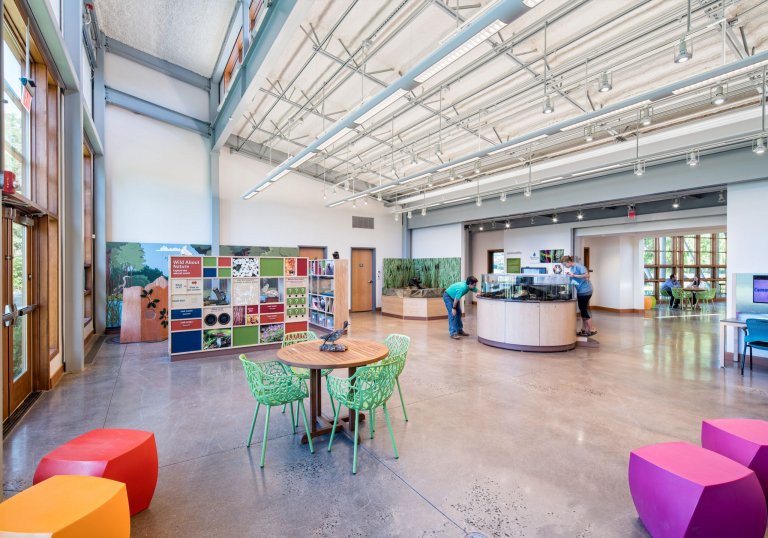
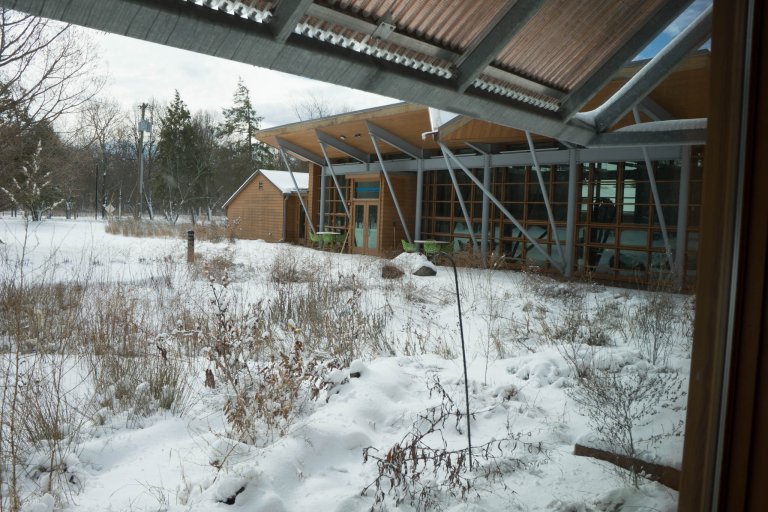
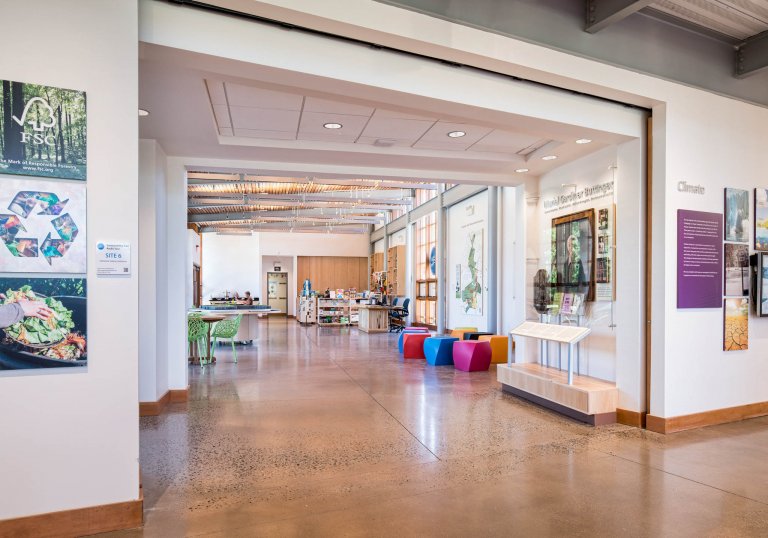
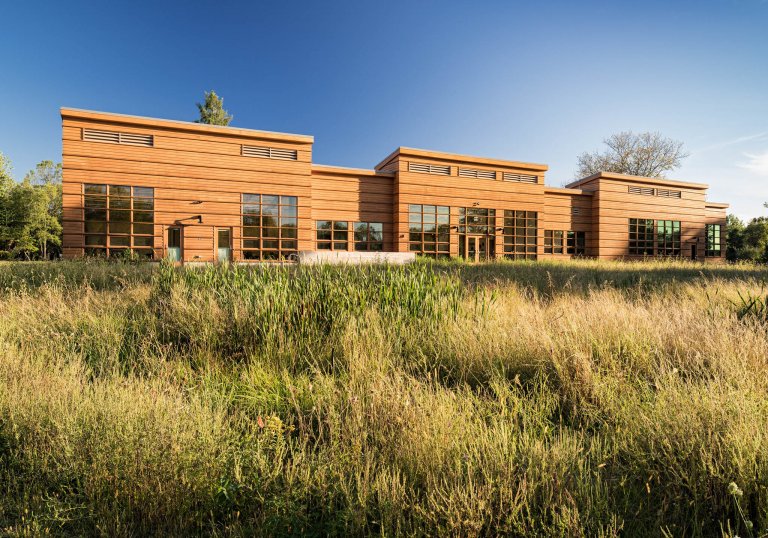
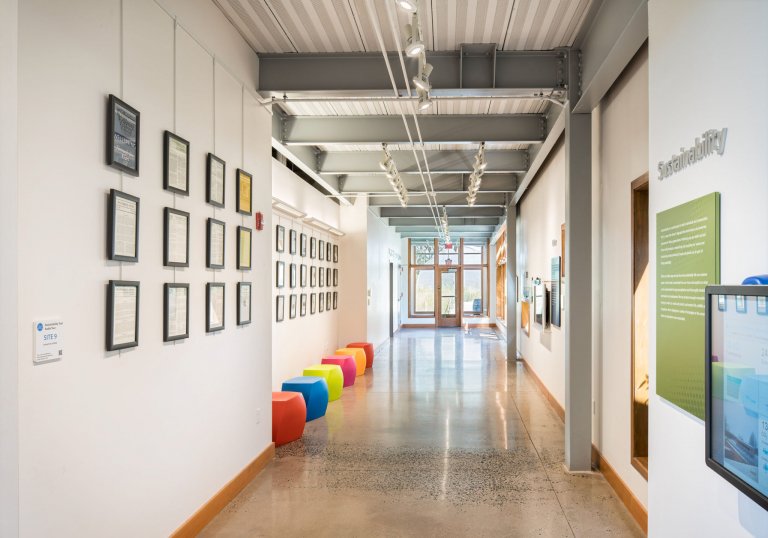
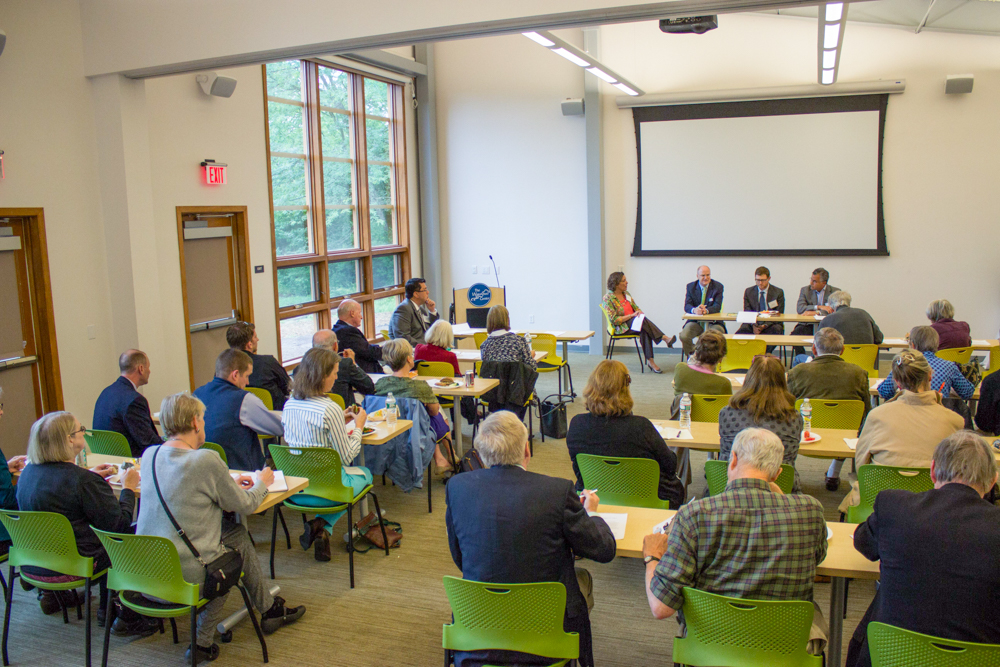
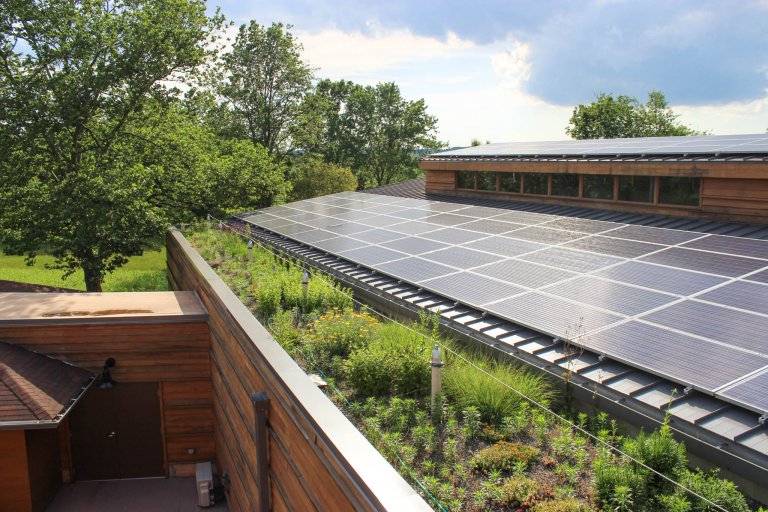
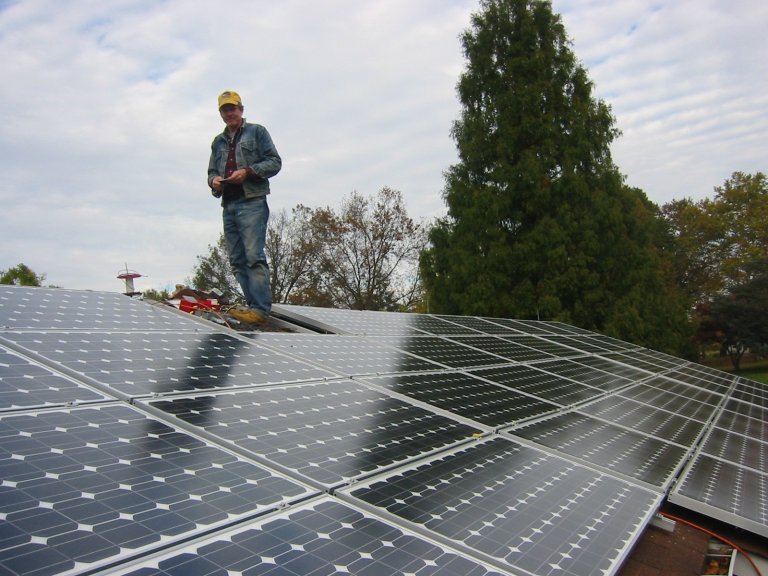
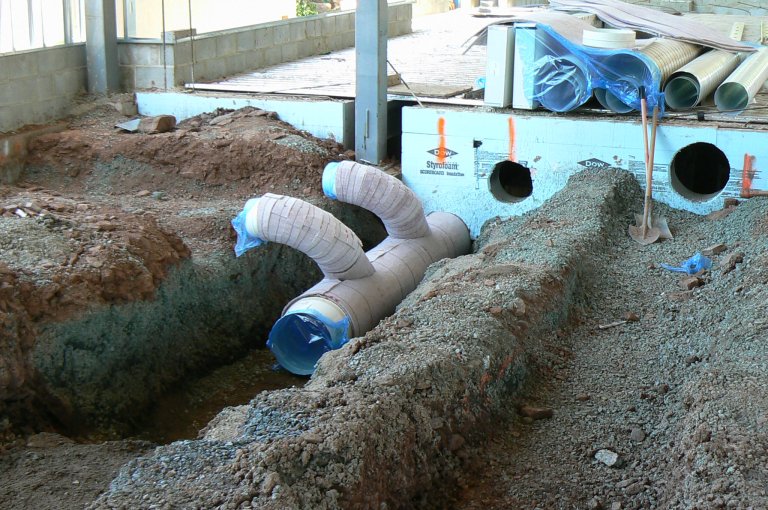
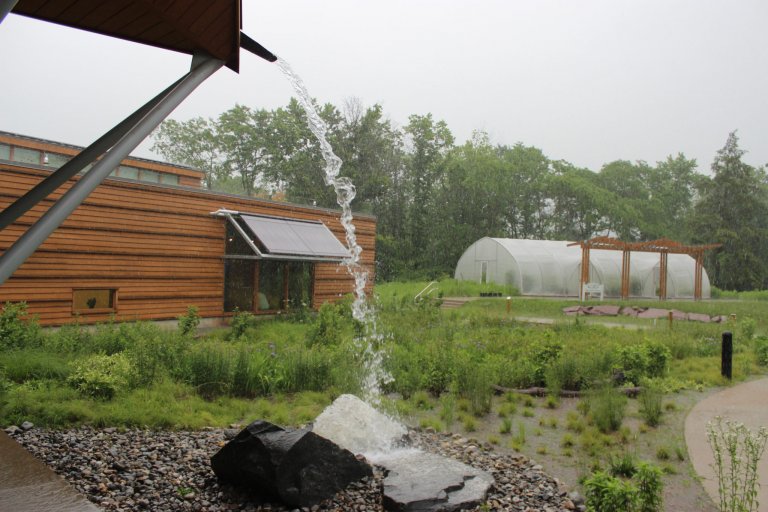
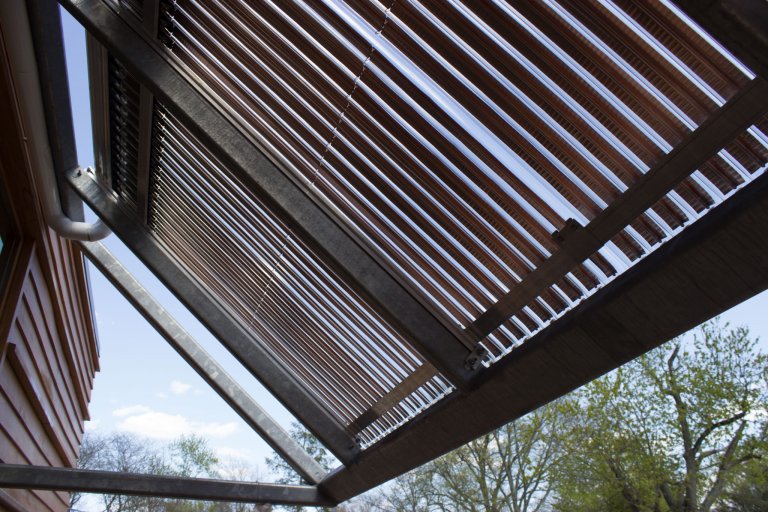
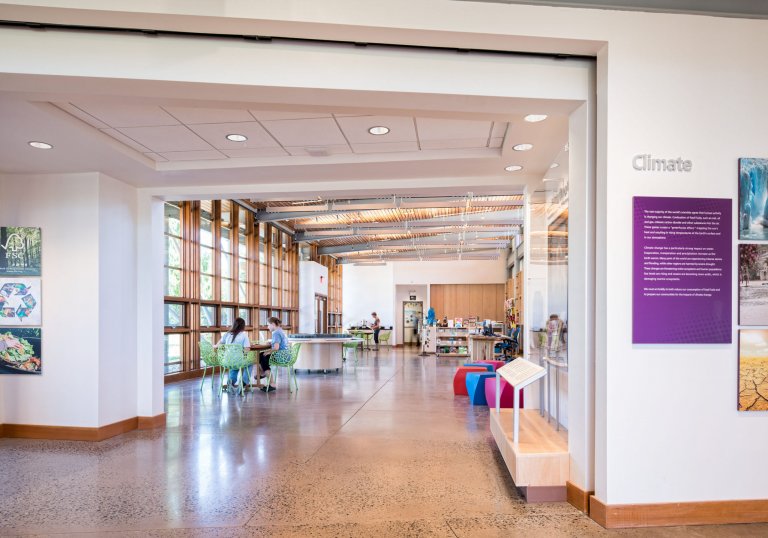
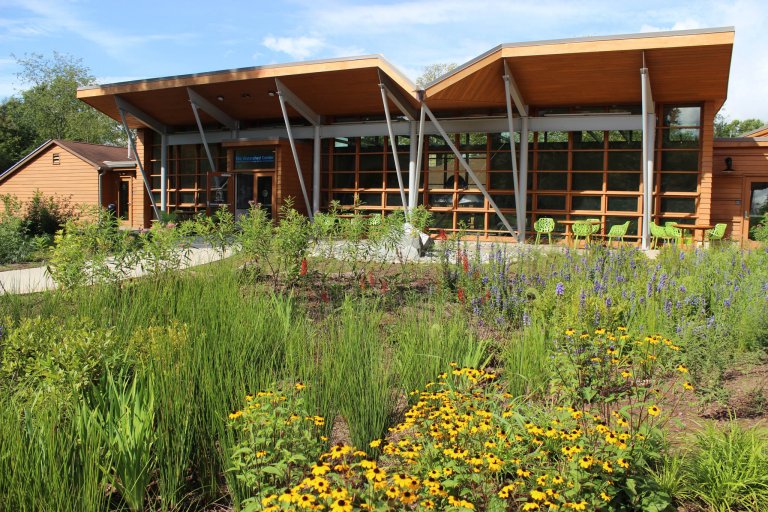
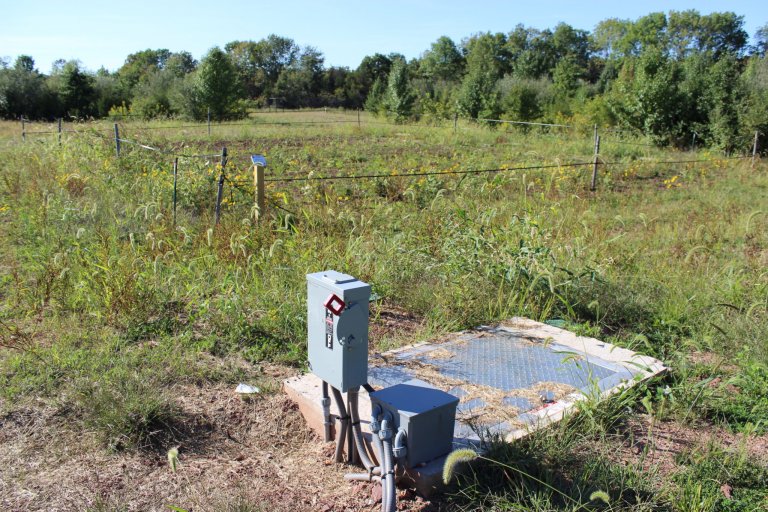
 Certified LEED Platinum from the U.S. Green Building Council’s Leadership in Energy and Environmental Design program, the Watershed Center demonstrates responsible technologies in areas including water conservation, energy efficiency, sustainable materials and resources, and innovation.
Certified LEED Platinum from the U.S. Green Building Council’s Leadership in Energy and Environmental Design program, the Watershed Center demonstrates responsible technologies in areas including water conservation, energy efficiency, sustainable materials and resources, and innovation.